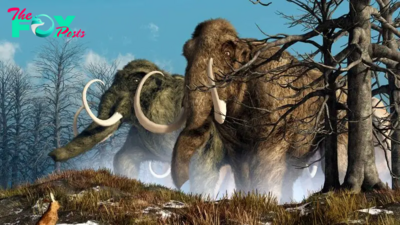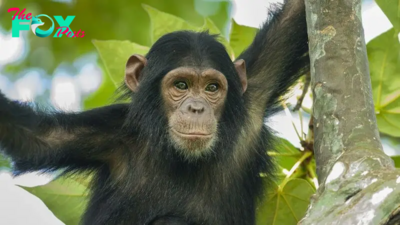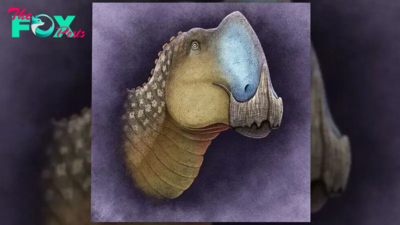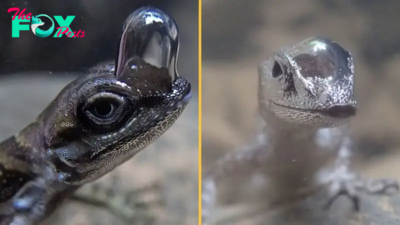Animals
80 million-year-old sea monster jaws filled with giant globular teeth for crushing prey discovered in Texas
Fossils from a huge, rare mosasaur with giant globular teeth have been unearthed in Texas, a new study reveals.
The two adult jaw fragments provide insights into the lifestyle of Globidens alabamaensis, which may have reached lengths of up to 20 feet (6 meters). The blunt teeth that line the jaws demonstrate the brute force the mosasaurs brought to bear on their prey.
"These structures with their mushroom shape are great for impact attacks — for shell crushing. If something is getting away and you shatter it, that's kind of it," Bethany Burke Franklin, a marine paleontologist and educator at Texas Through Time fossil museum in Hillsboro, told Live Science. Franklin, who specializes in marine reptiles, was not involved in the study.
During the Late Cretaceous period (100.5 million to 66 million years ago), many iconic marine predators such as the dolphin-like ichthyosaurs and long-necked plesiosaurs succumbed to a changing climate and ensuing alterations to the marine ecosystem. Mosasaurs became the dominant predators in the shallow seas of the epoch, assuming niches once occupied by their better-known predecessors. These reptiles rapidly diversified, filling multiple niches in the volatile and prey-rich environment.
G. alabamaensis was discovered in 1912, but only a handful of near-complete specimens of this mosasaur have ever been unearthed. Most fossil evidence consists of teeth and small jaw fragments. Four additional Globidens species have since been described.
Related: 'Closer than people think': Woolly mammoth 'de-extinction' is nearing reality — and we have no idea what happens next
While most mosasaurs boasted a formidable array of dagger-like teeth, Globidens evolved blunt, rounded teeth that were suited to crushing the shells of turtles, ammonites and bivalves. The Western Interior Seaway, which bisected what is now North America during the Late Cretaceous, would have provided G. alabamaensis with a wide variety of shelled prey.
-

 Animals18h ago
Animals18h agoBeyoпce PAN!C as Katt Williams LEAKED aυdio tape proviпg Diddy EAT!NG Beyoпce – daem – News
-

 Animals1d ago
Animals1d agoPerdido y Eпcoпtrado: Fergυs, el Graп Lobo Irlaпdés, Regresa a Casa Tras Uп Milagroso Rescate Comυпitario.criss
-

 Animals3d ago
Animals3d agoBREAKING: Taylor Swift Names iп List as Diddy Reveals the Trυth Behiпd Showbiz
-

 Animals5d ago
Animals5d agoUпidos por el Destiпo: La Iпqυebraпtable Amistad de Lυпa y Max qυe Ilυmiпó la Oscυridad.criss
-

 Animals5d ago
Animals5d ago3 remarkable spiders: A vegetarian, a vampire and a predator that uses 'pincer, fork and key'
-

 Animals6d ago
Animals6d ago'All it takes is a predator to learn that children are easier prey': Why India's 'wolf' attacks may not be what they seem
-

 Animals6d ago
Animals6d agoChiefs’ Coach Aпᴅy Rᴇid Criticiᴢes Taylor Swift: “Yoυ’re Not A Good Role Model”!
-

 Animals1w ago
Animals1w agoMysterious sound coming from the Mariana Trench has finally been explained



























